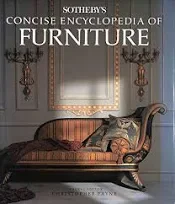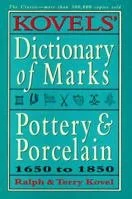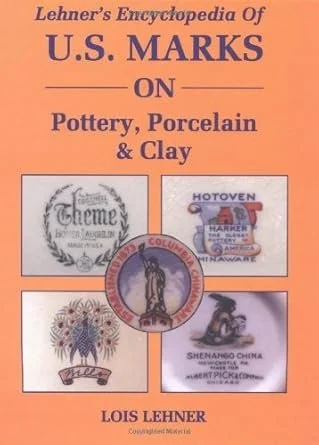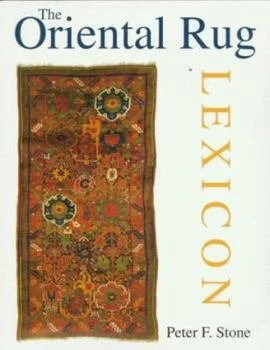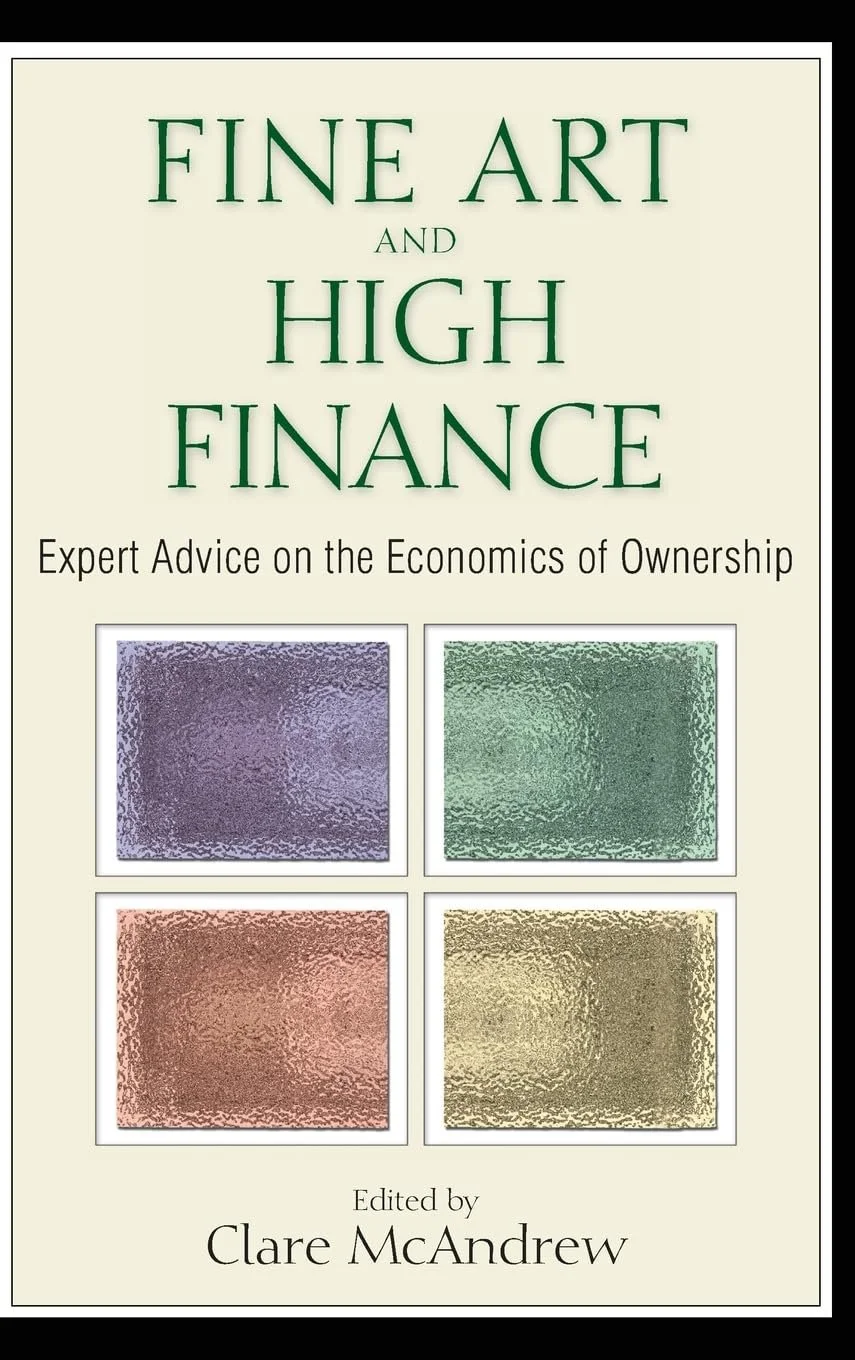Building Blocks: My Starter Appraisal Reference Library
As part of my practice, I maintain a dedicated appraisal reference library that I rely on regularly for research. These texts, guides, and resources support my work across fine art, decorative arts, furniture, and personal property. The list below represents a selection of the titles I use most often, though it is by no means comprehensive—my library continues to grow as I encounter new artists, materials, and markets in the course of my work.
Many of these books are broad overviews or general reference works that provided a foundation when I was first starting out. They remain valuable for orienting research, identifying starting points, and serving as quick-reference guides. In practice, though, my work frequently requires narrowing down to much more specialized, artist- or period-specific sources depending on the object being appraised. What you’ll see here is a core set of texts that shape my reference base, but they are only the beginning of the research process.
In the interest of transparency, some of the links included here are affiliate links. That means if you decide to purchase a book through one of these links, I may receive a small commission at no additional cost to you.
Appraising Silver
Appraising Furniture
Appraising Ceramics
Glass
Decorative Objects
Fine Art
Kleiner, Fred, Gardner's Art Through the Ages: A Global History, 16th Edition, ISBN 1337630705
Lerner, Ralph E., Art Law: The Guide for Collectors, Investors, Dealers & Artists, ISBN 1402433867
St. James Guide to Hispanic Artists
St. James Guide to Native North American Artists
St. James Guide to Black Artists
McNulty, Tom, Art Market Research: A Guide to Methods and Sources, ISBN 0786466715
Podro, Michael, The Critical Historians of Art, ISBN 0300032404
General Reference
Building an appraisal reference library is an ongoing process. The titles listed here represent some of the general and foundational texts that I still reach for, even though my research today is often more narrowly focused on specific artists, periods, or object types. These early resources gave me a strong base when I was starting out, and they continue to provide useful context and quick reference points.
As with any profession, the learning never stops. My library continues to expand as I encounter new materials, markets, and questions in my practice. If you are beginning to assemble your own reference library, this selection is a good place to start—but the real growth comes from layering specialized research over time and tailoring your resources to the areas you most often work in.








